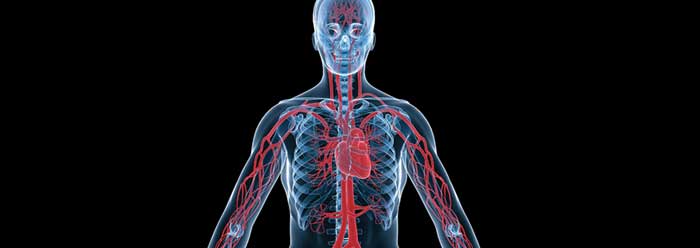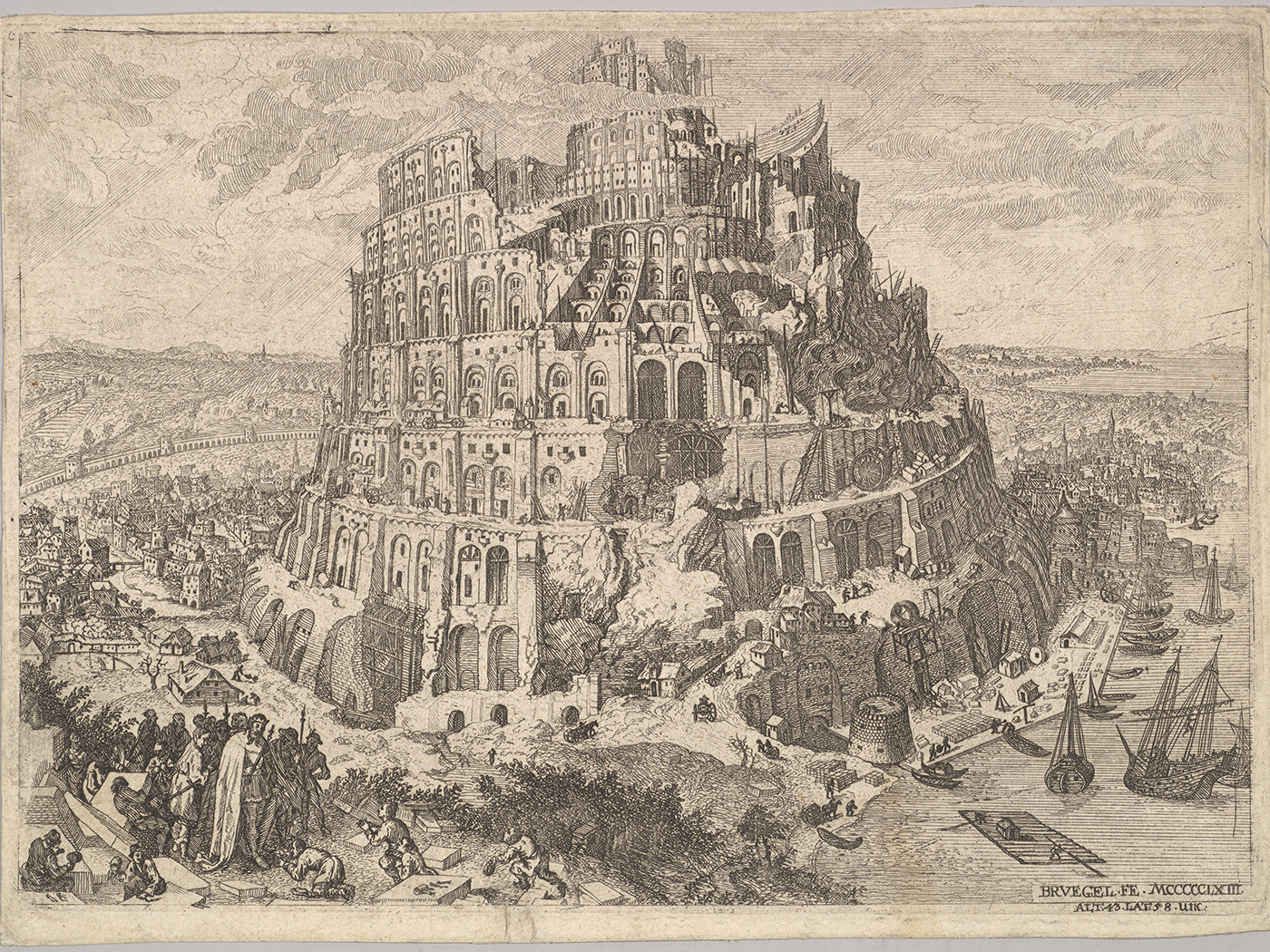After 100 years, automobiles still need engine oil, transmission fluid, brake fluid, antifreeze, power-steering fluid, and so on. Wouldn't it be great if just a single multipurpose fluid could be circulated from a central reservoir? Each part would use only the needed properties of the fluid, exclude detrimental properties, and then send it back. The new system’s worldwide impact would ensure a huge market--and academic honors--for the clever developers.
This lucrative breakthrough, however, would not be pioneering. Just such a brilliant integration of fluid properties to the diverse needs of the physical body has already been achieved in human blood--in a self-starting process beginning about 15 days after fertilization.
Heart and Blood Vessel Formation
The first human cell divides rapidly, becoming a small cluster that implants inside the uterus. Initially it flattens out to a disc only a few cells thick that is able to get nutrients by diffusion from maternal blood circulation. However, by two weeks after fertilization the disc is becoming too thick for this, so the developing embryo urgently needs a nutrient transport system.
Right on cue, blood and blood vessel formation begin at the end of the second week in both the embryo and developing placenta. Heart tubes (the precursor to the heart) form and start pumping within seven days. The cardiovascular system is the first organ system to become functional--an important factor, since every cell depends on blood to survive.
Vital Characteristics of Blood
Blood is a liquid tissue. For normal human function, blood has to be a fluid. Why? Fluids can flow, carry either suspended or dissolved solids and gases, and respond to even slight pressure changes by continuously changing shape. Blood and blood vessels, therefore, form an incredibly flexible conduit--the exact shape of a person's body at any moment--that connects the outside world to the deepest cells inside. Cellular metabolic demands are relentless. That is why nearly all of the estimated 60 trillion cells in the body--each one carrying out an average 10 million chemical reactions per second--are always close to blood vessels bringing oxygen and fuel.
Blood is made up of solid (formed) parts such as oxygen-carrying red blood cells (RBCs), disease-fighting white blood cells (WBCs), and platelets suspended in a liquid that is 92 percent water. This liquid, called plasma, has about 120 dissolved components that include oxygen, carbon dioxide, glucose, albumin, hormones, and antibodies. Sensors continuously monitor the concentrations of these items and make swift adjustments. Vital body functions like normal acid-base ratio, intracellular water content, blood’s ability to flow through vessels, and managing body heat production depend as much on correct concentrations as the correct mix of components.
Fetal Blood Production
The embryo makes RBCs first, his most necessary blood component. These distinctive cells are made by the inner lining of blood vessels in a temporary structure outside the embryo called the yolk sac, which in people is actually a "blood forming sac" that never contains yolk. This misguided name was given because it was believed to have "arisen" in a pre-human animal ancestor and because it initially contains a yellow substance.
The progenitor RBCs eventually migrate from the yolk sac to the liver and spleen, which become the lead cell-forming sites by the mid-second month of gestation. By the fifth month, bone marrow is sufficiently formed to take over for nonstop lifelong production. Interestingly, even in adulthood if the body is stressed by a shortage of RBCs, the spleen and liver can resume production as emergency backup sites.
In children, blood formation occurs in the long bones such as the upper leg and shin. In adults, it occurs mainly in the pelvis, cranium, vertebrae, and sternum. However, development, activation, and some proliferation of certain WBCs occur in the spleen, thymus gland, and lymph nodes. Normally, sensor-control mechanisms balance mature RBCs from their production to their loss--which is about 1,200,000 cells per second. How does the marrow produce these prodigious numbers of cells?
Blood Formation: A Precisely-Planned Process
Blood formation begins with a self-renewing population of pluripotent stem cells that are capable of developing into any type of blood cell lineage (RBC, WBC, or platelet). They reproduce by making exact copies of themselves called clones or daughter cells. Some daughter cells or originals remain as pluripotent stem cells, but the rest will be “committed” to specific lineage pathways. Which cells stay as stem cells and which get committed is a random process. In contrast, the survival and expansion of cells in each lineage is precisely controlled by dozens of interacting chemical signals called colony stimulating factors (CSFs)--some produced in other body tissues. CSFs control numerous activities, including turning certain genes on and off at just the right time so each unique feature of the cells is made.
The marrow provides a protected microenvironment where immature cells grow on a meshwork of fat cells, large WBCs called macrophages, and cells lining the marrow. The meshwork compartmentalizes the nurturing process and also secretes vital CSFs. Proper growth is stimulated by strict regulation, in stepwise fashion, over both order and timing of when 12 major CSFs are introduced to the blood cells. Controls are so exact that concentrations of CSFs from other tissues can be as low as 10-12 molar (like one grain of salt dissolved in about 27,000 gallons of water). Amazingly, at certain steps in the process some of the maturing (or mature) blood cells themselves emit CSFs to direct their own development or even control the meshwork.
For RBCs, a crucial stimulating hormone is erythropoietin, commonly called EPO. Without EPO, no RBCs would be made. EPO is steadily circulated, keeping RBC production at the normal rate. But "normal" for a ten-year-old girl at sea level may not be "normal" for a sixty-year-old man living on a mountain. The genes with instructions for making EPO are controlled by stimulants known as hypoxia-inducible factors (whose function depends on several vital enzymes). These factors activate EPO DNA but not in response to the number of RBCs. Rather, low oxygen concentrations induce more EPO production, which normally results in rapidly rising RBC numbers. By regulating just exactly what is needed--the blood's ability to carry adequate oxygen--the optimum number of RBCs running at maximum oxygen capacity is continuously and efficiently adjusted. Therefore, it would be fitting for EPO to be produced mainly in an organ that is very sensitive to changes in blood pressures and oxygen content, such as the renal cortex of the kidney--which it is.
Integrating Blood Properties with Organ Function
The familiar biconcave shape of human RBCs bestows the highest possible membrane surface area relative to intracellular volume and oxygen saturation rate. This makes it possible for over 250 million hemoglobin molecules in each of the billions of RBCs to be oxygen-loaded in a fraction of a second. Recall that nearly all body cells are in close proximity to blood vessels. By necessity, most of these vessels are tiny capillaries, of which 40 could be put side-by-side in the diameter of a human hair. RBCs are twice the diameter of a capillary but can actually squeeze through it. How? Structural properties in the RBC's membrane allow the cell shape to be incredibly deformed and then spring back to normal. Five specialized structural proteins confer this important ability and a genetic defect in any causes diseases due to rupturing of less-flexible RBC membranes.
RBCs are themselves living tissues. It would be possible for RBCs to consume much of their oxygen payload with little left to supply other tissues. However, RBCs have enzymes to power their metabolic processes without the use of oxygen--so they consume none of their precious cargo.
Several kinds of cells, like the clear cornea and lens of the eye, need the oxygen and nutrients carried in blood but could not function properly if coated in red blood cells. This problem is overcome by a part of the eye that acts like a blood filter. Using ultrafine portals--so small as to screen out RBCs and other proteins--a crystal-clear water-based portion carries just enough dissolved oxygen and nutrients. After nourishing the cornea, the fluid is reabsorbed--through another set of tiny holes--back into the bloodstream. Cerebral spinal fluid and urine are some other ultrafiltrates of blood in which only some of blood’s properties are extracted to fill a need at a precise location.
Conclusion
From the earliest days in the mother's womb until the day of death, a person's life is in the blood. Even a person-to-person gift of blood is treasured and called "the gift of life." Human blood is indeed a gift from the Lord Jesus Christ, clearly testifying to His great creative abilities and the body’s total unity of function. The Bible says that the Lord Jesus' blood is particularly special--in fact, "precious" (1 Peter 1:19)--because it is able to redeem us and cleanse us from all sin (1 John 1:9). Let us give glory "unto him that loved us, and washed us from our sins in his own blood" (Revelation 1:5).
* Dr. Guliuzza is ICR's National Representative.
Cite this article: Guliuzza, R. 2009. Made in His Image: Life-Giving Blood. Acts & Facts. 38 (9): 10-11.










